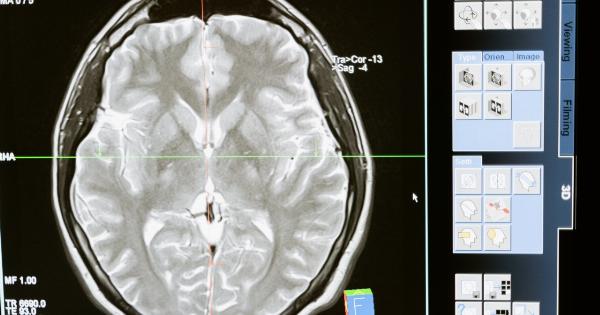Arthritis is a chronic condition characterized by inflammation and stiffness in the joints. It affects millions of people around the world, with women being more likely to develop arthritis compared to men.
This gender disparity has raised several questions about the role of women’s bodies in making them more susceptible to arthritis. In this article, we will explore the various factors that contribute to this increased susceptibility.
Hormonal Factors
One of the key reasons why women are more susceptible to arthritis is the influence of hormonal factors. Estrogen, the primary female sex hormone, has been found to have both protective and detrimental effects on joint health.
During the reproductive years, estrogen helps maintain joint tissues by promoting the production of collagen, a protein crucial for joint strength and flexibility. However, as women approach menopause and experience a decline in estrogen levels, the protective effect diminishes, leading to an increased risk of arthritis.
Furthermore, studies have shown that fluctuations in hormone levels, such as those experienced during the menstrual cycle or pregnancy, can affect arthritis symptoms.
Many women report an increase in joint pain and inflammation during certain hormonal phases, indicating a strong link between hormones and the development of arthritis.
Genetic Predispositions
Genetics play a significant role in determining an individual’s susceptibility to arthritis, and there are several genetic factors that are more prevalent in women.
Certain genes associated with autoimmune diseases, such as rheumatoid arthritis and lupus, are more commonly found in women. These genes can increase the risk of developing arthritis by triggering an abnormal immune response that mistakenly attacks healthy joint tissues.
Additionally, women are more likely to inherit genes that affect the body’s inflammatory responses. This can lead to an exaggerated immune reaction to joint inflammation, causing more severe arthritis symptoms.
The interplay between genetics and hormonal factors further amplifies the susceptibility of women to arthritis.
Lifestyle Choices
While hormonal factors and genetics contribute to the higher prevalence of arthritis among women, lifestyle choices also play a significant role. Women tend to have higher rates of obesity compared to men, which is a known risk factor for arthritis.
Excess weight places added stress on the joints, particularly on weight-bearing joints like the knees and hips, increasing the likelihood of developing arthritis.
Furthermore, women are more prone to engage in repetitive tasks and activities that strain the joints, such as carrying heavy loads, bending, or kneeling.
These activities can contribute to joint wear and tear over time, accelerating the onset of arthritis.
Socio-cultural factors may also influence women’s lifestyle choices and increase arthritis susceptibility. Traditional gender roles often involve activities that put stress on joints, such as household chores or caregiving responsibilities.
Lack of access to proper healthcare, including early diagnosis and treatment, can further exacerbate the impact of arthritis on women’s joint health.
Early Detection and Management
Given the heightened susceptibility of women to arthritis, early detection and management are crucial. Regular check-ups and discussions with healthcare professionals can help identify risk factors and initiate preventive measures.
Maintaining a healthy weight through regular exercise and a balanced diet can significantly reduce the risk of developing arthritis.
Additionally, it is essential to be aware of arthritis symptoms and seek medical attention for timely diagnosis and treatment. Early intervention can help manage symptoms, slow disease progression, and preserve joint function.
Physical therapy, medication, and lifestyle modifications can all play a pivotal role in improving the quality of life for women with arthritis.
Conclusion
Arthritis is a complex condition influenced by various factors, and women’s bodies indeed play a significant role in making them more susceptible.
Hormonal factors, genetic predispositions, and lifestyle choices all contribute to the higher prevalence of arthritis among women. Understanding these factors and implementing preventive measures can empower women to take control of their joint health, ensuring a better quality of life.




























